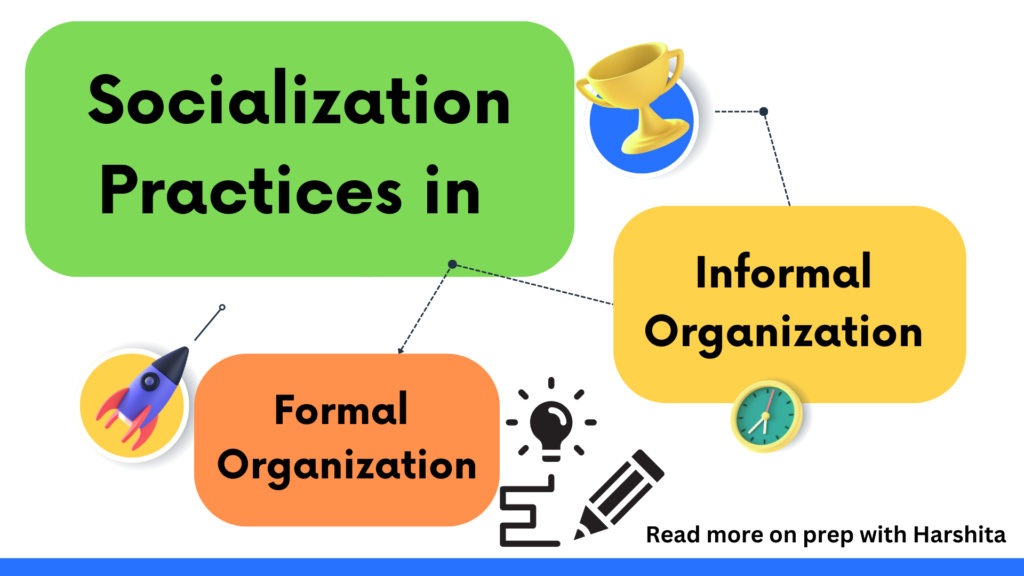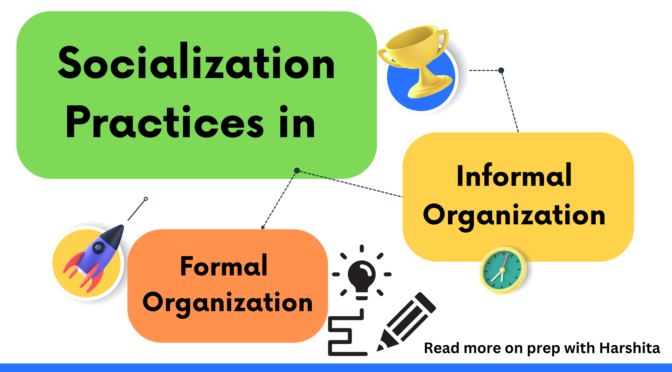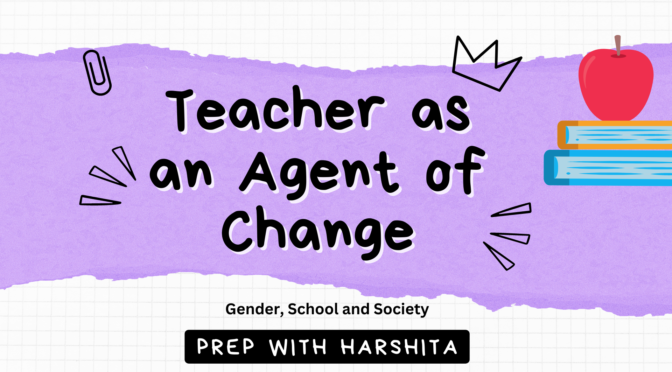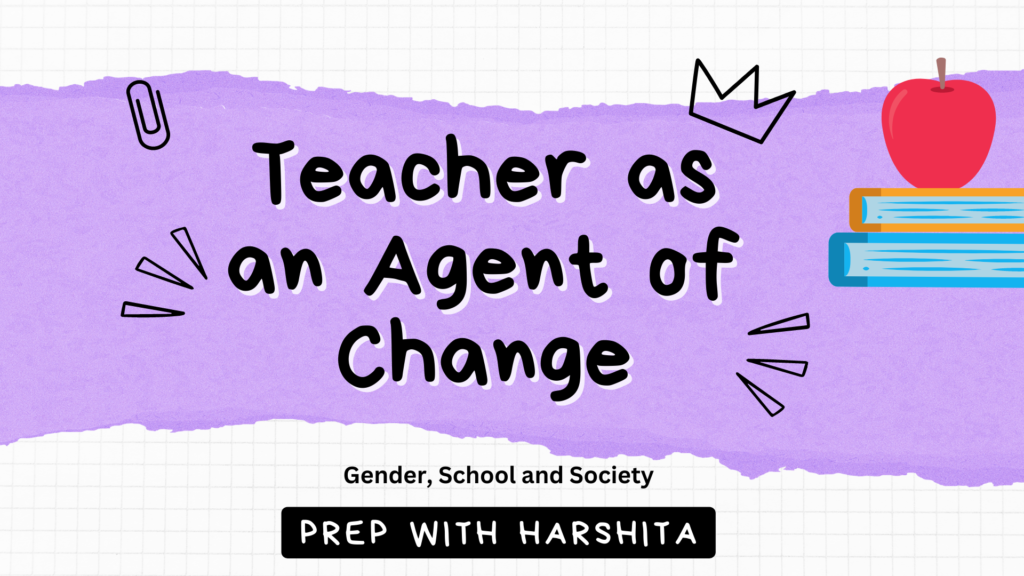The socialization practices in formal and informal organization refers to how individuals acquire the knowledge, skills, values, and behaviors necessary to integrate into and function effectively within these organizational contexts.
Here is a detailed explanation of the socialization process in formal and informal organizations:
Formal Organizations:
- Orientation Programs: When individuals join formal organizations, they typically go through orientation programs. These programs introduce them to the organization’s mission, values, policies, and procedures. They provide an overview of the organizational structure, roles, and expectations, helping new members understand their place within the organization.
- Training and Development: Formal organizations invest in training and development programs to socialize employees into their roles and build necessary skills. These programs can be formal (e.g., workshops, seminars) or informal (e.g., on-the-job training, mentoring). Through training, individuals learn about organizational practices, technical skills, communication protocols, and the organization’s culture.
- Role Modeling: Existing employees serve as role models for newcomers in formal organizations. New members observe and learn from their experienced colleagues, understanding how tasks are performed, how decisions are made, and how to navigate the organizational hierarchy. Role modeling helps new members assimilate into the organization and learn implicit norms and practices.
- Organizational Culture: Formal organizations have their own unique cultures, encompassing shared values, beliefs, and behavioral norms. New members gradually internalize the organization’s culture through daily interactions, observing how others behave, and adapting their behavior to align with the prevailing norms and expectations.
- Performance Feedback and Evaluation: Formal organizations provide regular performance feedback and evaluations to employees. This feedback helps individuals understand how their behavior aligns with organizational expectations, goals, and standards. It contributes to their ongoing socialization, allowing them to adjust their actions and performance to meet organizational requirements.
Informal Organizations:
- Observation and Participation: In informal organizations, newcomers observe and participate in ongoing activities. They learn through active engagement, observing how others interact, collaborate, and make decisions. By participating in informal networks and groups, individuals acquire tacit knowledge, unwritten rules, and social dynamics that drive the organization.
- Informal Mentoring: Informal organizations often rely on informal mentoring relationships. Newcomers are paired with experienced members who guide, support, and share their knowledge and experiences. These informal mentors help newcomers navigate the organization, understand cultural nuances, and develop a sense of belonging.
- Informal Networks and Social Circles: Informal organizations thrive on social networks and social circles. Through interactions with peers and colleagues, individuals learn about the organization’s values, practices, and unwritten rules. They build relationships, establish social bonds, and gain access to informal channels of information and influence.
- Collective Learning: Informal organizations encourage collective learning and knowledge sharing. Employees participate in informal discussions, brainstorming sessions, and informal problem-solving groups. This collaborative learning fosters a sense of community, shared understanding, and collective responsibility within the organization.
- Adaptation to Change: Informal organizations often require individuals to be adaptable and flexible. As the nature of informal organizations is often fluid and dynamic, newcomers quickly learn to adjust to changing circumstances, shifting priorities, and evolving roles. Adaptability becomes an essential skill for effective socialization in these contexts.
Also Read : Family as social Institution

Also Visit : Prep with Harshita



